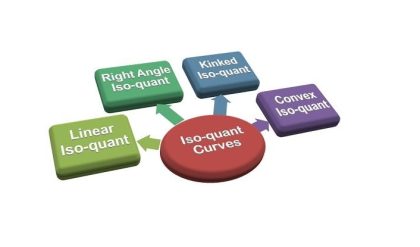When an organisation or government chooses to initiate a construction project, they usually expect to have more benefits than actual cost, or else there would be no purpose of carrying out the project. To be able to evaluate this it is necessary to estimate what benefits will accrue from it as well as the actual costs. However, these estimates depend on the extent and detail of data at disposal for the organisation. The more and detailed the data is, the more accurate the estimates will be. Often in the earliest stages of a construction project the estimates are not very accurate as the information at disposal is limited. Some of the first cost estimations are done in the two first phases illustrated in Figure 2.1, which it the procurement phase. Developing information consist of costs for the organisation and developing good information for the estimates can be beneficial, and even approximate estimates may be useful for the decision-making to for instance whether extra initiatives, which may be more costly, can be carried out. In contradictory, developing information based on limited data can give a false future prediction of the actual scenario, why a fine balance must be taking into account. Naturally, as the project develops through the procurement phases of a construction project more information is also developed, where estimates become more accurate. The different phases describes the procurement phase as illustrated in Figure 3.1, where the approximate standard deviation development also are shown.

Order of magnitude magnitudes estimates
The first initiatives when a project is commenced to establish the broad viability of the overall project, which in other words is the first budget for the fiscal planning. Fiscal planning can be understood as a financial business plan in accordance to a fiscal financial year to for instance the annual tax return. This is not calculated in the traditional calendar year that starts on the first of January. Estimates in the stage is usually based on previous experience with similar projects.
Preliminary estimates
This phase is performed when some information on the project has been developed to be able to more accurately determine the extent of the overall financial commitment. It is also done to evaluate alternatives.
Detailed estimates
The last phase of the process of preparing a tender for the construction project, where a creation of a detailed work plan is finalised.
Work Breakdown Structure (WBS)
The procurement phases described overall is the phases different companies go through when forming a tender. However, all companies have their own systems and phases they go through when forming a tender. The described one is therefore just an example. Making a tender is easier said than done, where many different methods can be used as a system. A widely used system in the building industry is Work Breakdown Structure (WBS) formed in the mid 1960’s originally for the U.S. Department of Defence. WBS is a hierarchical decomposition of a construction project, where any significant project can be broken down into several sub-projects. A fundamental comprehension is the 100 % rule. If one element is divided into smaller sub-projects, those sub-projects in total define the divided element 100 %, which applies to all levels. Therefore, those sub-projects can be divided even further if needed. [Fried et al., 2011] The breakdown of sub-projects is generally divided into individual activities or tasks. The lowest level must consist of a delegation of time, cost, and resources to the individual activities, tasks, so the responsibilities can be assigned. The lowest level must also be manageable and measurable. If this is not possible the elements must be broken down further.






Comments are closed.